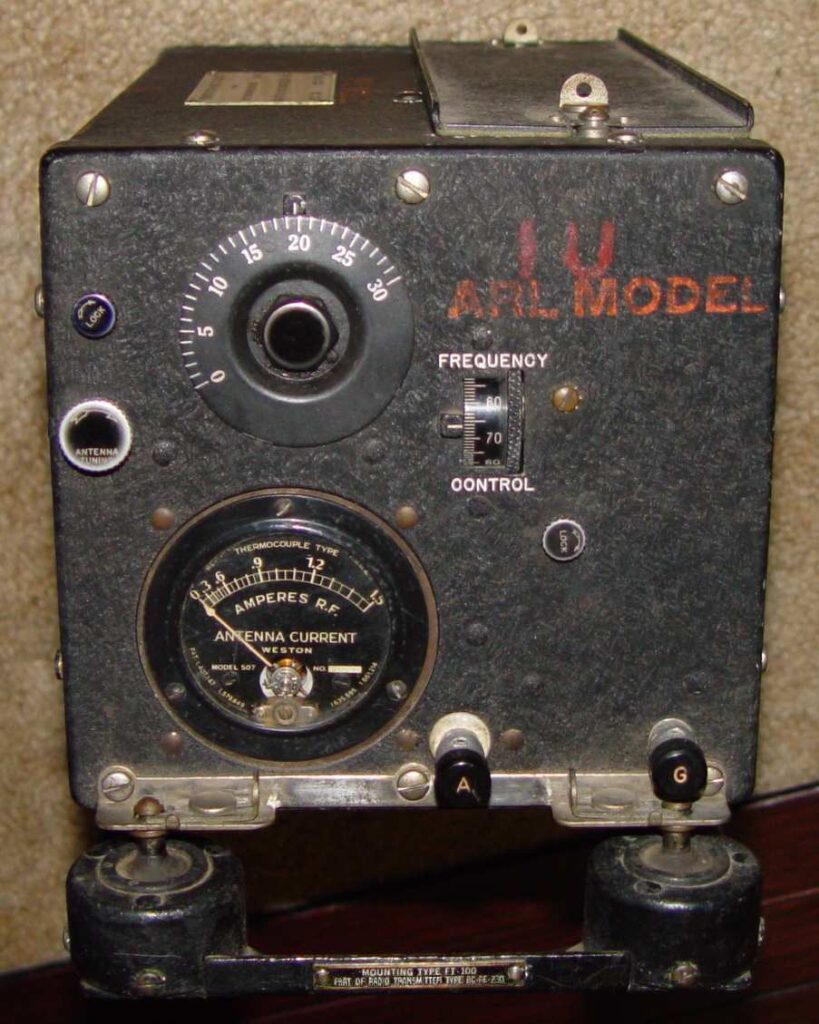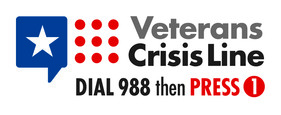
BC-AE-230 radio transmitter.
Radiotelegraphy was the first means of radio communication. The first practical radio transmitters and receivers invented in the late 1800s used radiotelegraphy. It continued to be the only type of radio transmission during the first few decades of radio, called the “wireless telegraphy era” up until World War I, when the development of amplitude modulation (AM) radio allowed audio sound to be transmitted by radio. Beginning about 1908, powerful transoceanic radiotelegraphy stations transmitted commercial telegram traffic between countries.
In the late 19th century there had been amateur wired telegraphers setting up their own interconnected telegraphic systems. When Amateur radio came into being magazine articles showed how to build a simple system based on early experiments. In the US the first commercially produced wireless telegraphy transmitter / receiver systems became available to experimenters and amateurs in 1905.
This technology was important to transportation for ship to shore communications and in maintaining railroad schedules and communications. Every railroad station had a telegraph office. By the 1930s, radio beacons would provide navigation for pilots flying long distance flights and create a means of regular commercial air service.
By 1917, World War I had put a stop to amateur radio. In the United States, Congress ordered all amateur radio operators to cease operation and even dismantle their equipment. These restrictions were lifted after World War I ended, and the amateur radio service restarted in October 1919. Shortly after, the American Legion realized that radio communications was an important resource for national defense and supported the spread of amateur radio.
Today, American Legion amateur radio operators are referred to as “Hams.” Many publications refer this moniker as having came from early “ham handed” operators; but the term was first used among railroad telegraph operators, in reference to the inexperienced students coming out of the questionable telegraphing schools that were popping-up to fill the demand for telegraph operators.
An article in the “Railroad Telegrapher” (volume 26, 1909) was published with the title “How I Came to be a Ham.” Written by a member of The Order of Railroad Telegraphers working in the Hagerstown, Maryland station, explained that as he went through a so-called telegraph college, he learned alongside other students who “Hammered” on the telegraph key. A previous article in the same magazine also berated these schools (Volume 12 Issue 19, 14 December 1895) with the headline of“Evolution of a Ham.”
Today, amateur radio operators in The American Legion Amateur Radio Club (TALARC) volunteer countless hours of community service in providing emergency communications and proudly call themselves “Hams” as it was applied to amateur operators shortly after WWII.
The American Legion was instrumental in the development of aviation navigation through the use of radio beacons with their lobbying efforts in the 1930s, and continued to promote the development of aviation communications and technology through the Aerospace Commission.











